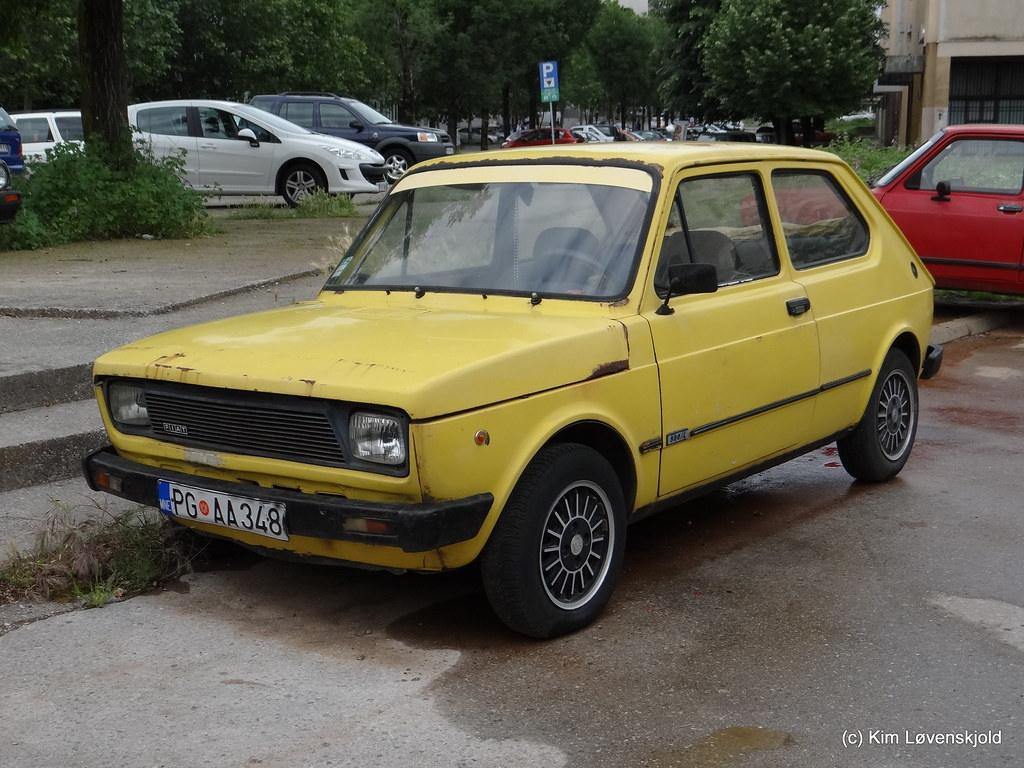An Insight into Podgorica: The Heart of Montenegro

Introduction
Podgorica, the capital of Montenegro, is a city that embodies a unique blend of historical significance and modern development. Located at the confluence of the Ribnica and Morača rivers, Podgorica has evolved from a small settlement to a bustling capital since becoming the seat of government in 1946. Its significance is highlighted by its rich history, cultural diversity, and role as the political and economic hub of Montenegro.
Historical Significance
The history of Podgorica dates back to Roman times when it was known as Birziminium. Over the centuries, it has been influenced by various cultures, including the Ottomans, Venetians, and Austro-Hungarians. This cultural amalgamation is evident in the city’s architecture and traditions. Notable sites include the ancient Roman aqueduct, the ruins of the medieval fortress of Ribnica, and the historic Church of St. George, which reflect its diverse past.
Modern Development
In recent years, Podgorica has undergone significant urban development, marked by modern infrastructure and amenities. The city is home to numerous international businesses and has attracted investments in various sectors, enhancing its economic landscape. The city’s modern architecture is showcased in landmarks such as the Millenium Bridge and the new government building, situated alongside historical sites that preserve its rich heritage.
Culture and Lifestyle
Podgorica is a cultural melting pot, hosting numerous events and festivals that showcase its heritage. The Podgorica Summer Festival is a prominent event, featuring local music, dance, and art. The city offers vibrant nightlife, numerous cafes, and restaurants serving traditional Montenegrin cuisine, making it an appealing destination for both locals and visitors.
Environmental Significance
Close to nature, Podgorica is surrounded by breathtaking landscapes, including mountains and national parks, making it a great starting point for outdoor activities such as hiking and rafting. The nearby Skadar Lake, known for its diverse ecosystem, is a UNESCO World Heritage site and is a crucial area for the preservation of wildlife.
Conclusion
As Montenegro continues to develop as a tourism destination, Podgorica stands at the forefront, representing the country’s heritage and aspirations for the future. Its unique juxtaposition of the old and new, rich culture, and stunning natural surroundings make it a city worth exploring. As forecasts indicate a rising number of tourists each year, Podgorica is poised to become a significant player in the regional tourism market, offering both residents and visitors a compelling glimpse into the heart of Montenegro.
